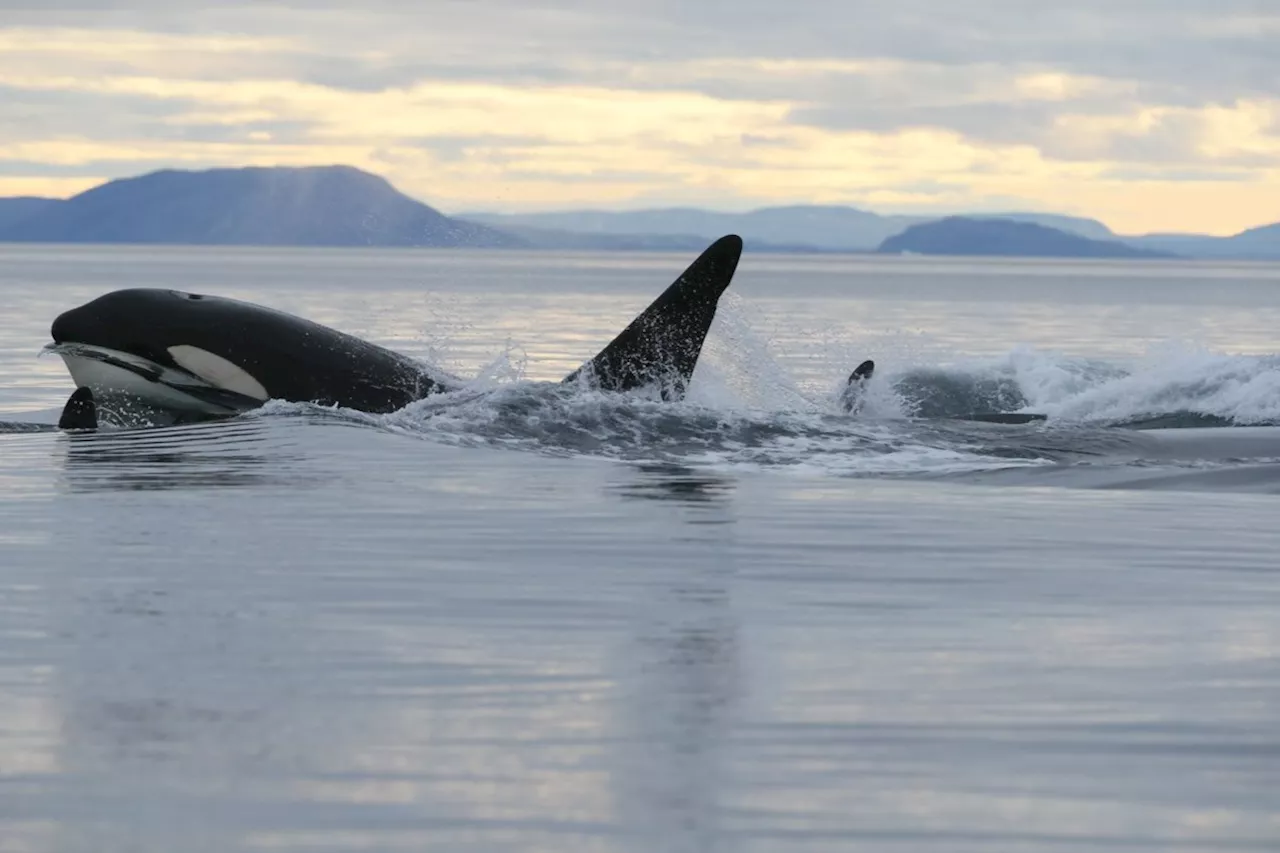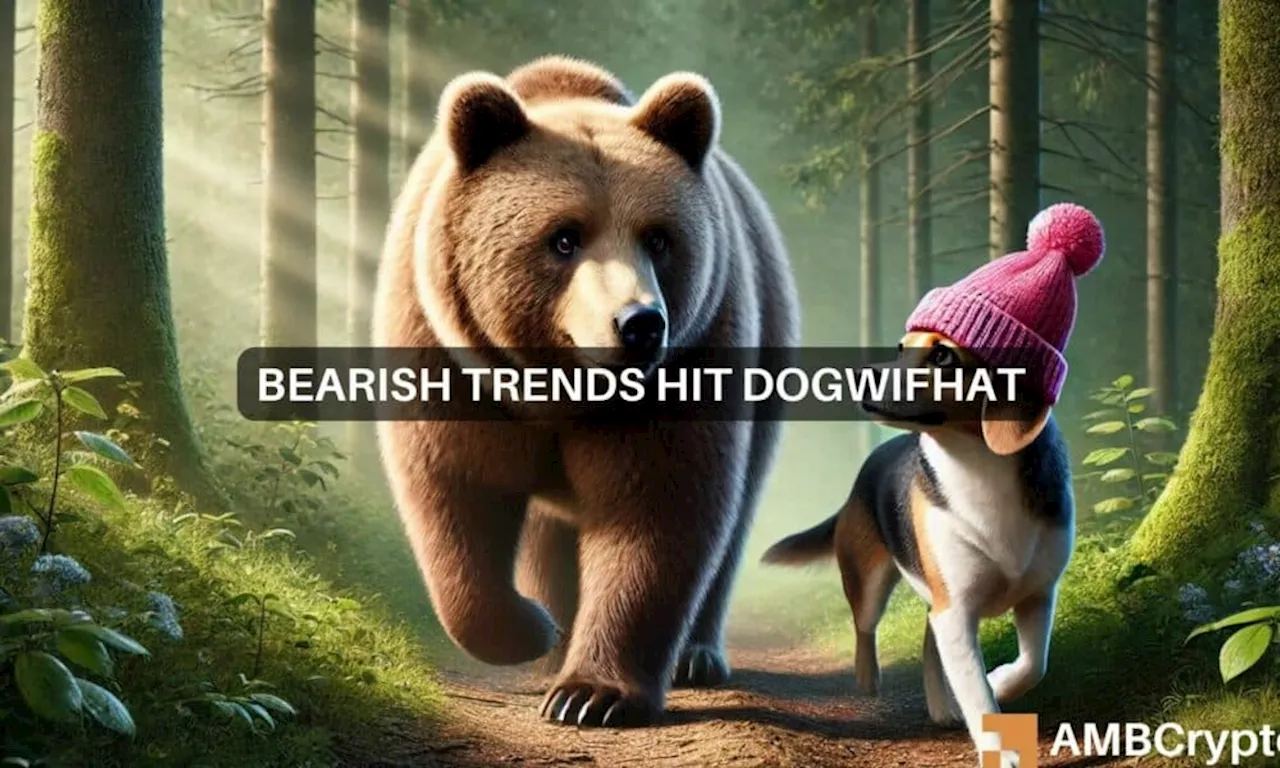Two distinct populations of killer whales have been spotted in the Arctic, raising concerns about the potential impact on the delicate ecosystem. As sea ice melts, these apex predators are expanding their territory, with the potential to disrupt the food web and threaten prey species like beluga whales, narwhals, and bowheads.
Killer whales are expanding their territory and have moved into Arctic waters as climate change melts sea ice, with two genetically distinct populations being identified by Canadian scientists. But their study says that could have 'severe consequences' for potential prey whales such as belugas, narwhals and bowheads, that lead researcher Colin Garroway called 'slow, chubby and delicious.
' Garroway, an evolutionary geneticist at the University of Manitoba, said in an interview that the situation was complex — the Arctic orcas have the potential to upend ecosystems as apex predators, even as they merit conservation concern. The study says the orcas could also affect humans, by 'adding top-down pressure on Arctic food webs crucial to northern communities' social and economic well-being.' It says killer whales in the eastern Canadian Arctic have been observed preying mostly on beluga whales and narwhals, followed by bowhead whales and seals. 'We think there's going to be a big change in the community structure and how these different creatures interact,' said Garroway. The study says the Arctic is the fast-warming region on the planet, and as sea ice retreats, its waters are opening to traditionally sub-Arctic species such as killer whales. Garroway said killer whales were once thought infrequent Arctic visitors, since they risked breaking their famous dorsal fins on ice. But sightings have become more frequent. Garroway said researchers took tissue samples from the orcas' and we were super surprised that there are actually two highly distinct populations.' 'I was like — I didn't believe it, and then I dug in and dug in and … it's all pretty straightforward stuff to do when you have the data. And, sure enough, there were two distinct populations,' said Garroway, adding that they numbered in the hundred
Killer Whales Arctic Climate Change Ecosystem Food Web
Philippines Latest News, Philippines Headlines
Similar News:You can also read news stories similar to this one that we have collected from other news sources.
 Killer Whales Move Into Arctic Waters, Threatening Prey and EcosystemsAs climate change melts sea ice, killer whales are expanding their territory into Arctic waters, posing a threat to native prey species like belugas, narwhals, and bowhead whales. Canadian scientists have identified two genetically distinct populations of orcas in the region, raising concerns about potential ecosystem disruptions.
Killer Whales Move Into Arctic Waters, Threatening Prey and EcosystemsAs climate change melts sea ice, killer whales are expanding their territory into Arctic waters, posing a threat to native prey species like belugas, narwhals, and bowhead whales. Canadian scientists have identified two genetically distinct populations of orcas in the region, raising concerns about potential ecosystem disruptions.
Read more »
 Canada set to appoint Arctic ambassador, open new consulates as part of new Arctic Foreign PolicyCanada will appoint a new Arctic Ambassador and open two new consulates in the region to help deal with what it calls changing geopolitical dynamics in the Arctic, as part of its newly launched Arctic Foreign Policy.
Canada set to appoint Arctic ambassador, open new consulates as part of new Arctic Foreign PolicyCanada will appoint a new Arctic Ambassador and open two new consulates in the region to help deal with what it calls changing geopolitical dynamics in the Arctic, as part of its newly launched Arctic Foreign Policy.
Read more »
 362,380 LINK move in 48 hours: Here’s what Chainlink whales are up toLINK is making waves in the crypto market, with nine fresh wallets withdrawing 362,380 LINK worth $8.19M from Binance in just 48 hours.
362,380 LINK move in 48 hours: Here’s what Chainlink whales are up toLINK is making waves in the crypto market, with nine fresh wallets withdrawing 362,380 LINK worth $8.19M from Binance in just 48 hours.
Read more »
 WIF struggles to hold gains as whales begin offloadingWIF has declined by 11.74% over the past week. Dogwifhat whale deposits 1.2 million WIF tokens worth $3.47 million
WIF struggles to hold gains as whales begin offloadingWIF has declined by 11.74% over the past week. Dogwifhat whale deposits 1.2 million WIF tokens worth $3.47 million
Read more »
 Whales aid Bitcoin’s recovery: Will $105K be next for BTC?Whales have played a key role in BTC surging, with large-scale acquisitions pushing prices upward.
Whales aid Bitcoin’s recovery: Will $105K be next for BTC?Whales have played a key role in BTC surging, with large-scale acquisitions pushing prices upward.
Read more »
 Whales buy 210 mln DOGE: Can Dogecoin pass $0.5 now?This reflected that Dogecoin whales have indeed been active where approximately 210 million DOGE were purchased by these large holders.
Whales buy 210 mln DOGE: Can Dogecoin pass $0.5 now?This reflected that Dogecoin whales have indeed been active where approximately 210 million DOGE were purchased by these large holders.
Read more »
